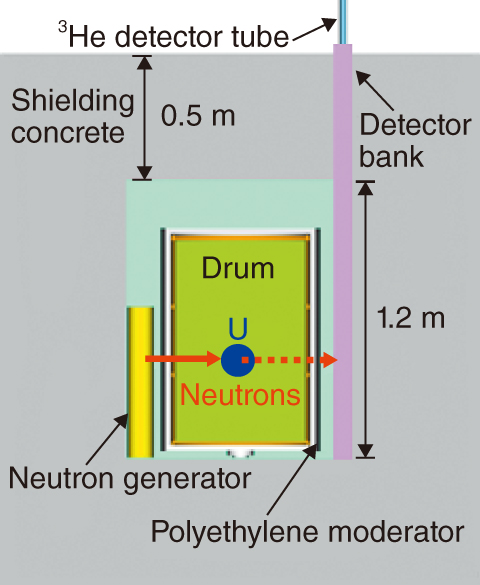
Fig.4-6 Photograph of NDA device (JAWAS-N) built at Ningyo-toge

Fig.4-7 Schematic inner view of JAWAS-N

Fig.4-8 Linear relationship between 235U mass and the neutron counting measured in JAWAS-N
When nuclear-facility operators place U-contaminated dismantling wastes in waste drums for strict storage, they are legally required to implement nuclear material accountancy. Therefore, the Ningyo-toge Environmental Engineering Center (NEEC) of Japan Atomic Energy Agency (JAEA) uses the passive γ-ray measurement method to determine the amount of uranium (U) contained in the drums.
However, with this method, the results of the measurements are strongly perturbed when the matrix and U are nonuniformly distributed in the drum. Occasionally, the measurement error is large and becomes a matter of great concern for U accountancy.
To overcome this difficulty, the Nuclear Science and Engineering Center (NSEC) of JAEA developed a nondestructive assay (NDA) for 235U called the fast-neutron direct-interrogation (FNDI) method. To promote the practical application of this method, an NDA device (JAWAS-N) that uses the FNDI method was newly constructed at the NEEC (Fig.4-6).
In this method, fast neutrons (14.4 MeV) from a neutron generator irradiate a waste drum, and the fast neutrons that result from nuclear fission between the moderated neutrons and 235U in the drum are detected (Fig.4-7). Since fast neutrons are not strongly affected by the nonuniform distribution of matrix and U, the 235U mass can be determined by counting the neutrons that correspond to 235U.
To date, fundamental research has shown that the result of neutron counting increases in proportion with the 235U mass in the drum, as shown in Fig.4-8; hence, the 235U mass could be obtained with small error regardless of the chemical composition and location of nuclear materials in the drum.
Since the FNDI method can precisely determine the total mass of 235U, the other isotopes can be identified if the enrichment of U is known. Combining this method with the conventional methods enables the proper determination of the mass of U (238U+235U). Therefore, more R&D is planned to further improve this method.